*NURSING > DISCUSSION POST > NURSING NR 503 CLASS RESPONSE Topic Week 2 Discussion- Screening and Reliability (All)
NURSING NR 503 CLASS RESPONSE Topic Week 2 Discussion- Screening and Reliability
Document Content and Description Below
The Healthy People 2020 topic that I chose was about nutrition and weight status. Overweight and obese people are at higher risk for developing type II diabetes mellitus (DM II), a disease that caus e... s further permanent destruction to vital organs such as heart, kidneys, and eyes, and could be prevented with timely screening and intervention. As healthcare professionals, we understand that the best cure for many diseases is primary prevention, which in essence is stopping the disease before it occurs. A screening test identifies asymptomatic individuals who may have the disease. Thus, screening for DM II is a grade “B,” which stands for high certainty that the net benefit is moderate to substantial, is recommended by the U.S. Preventive Services Task Force (USPSTF) for all overweight and obese adults 40 to 70 years of age who are seen in primary care and have no obvious symptoms of diabetes, as a part of cardiovascular risk assessment (USPSTF, 2017). African Americans, Native Americans, Asian Americans, Pacific Islanders, Hispanics, family history of diabetes, gestational diabetes, and polycystic ovarian syndrome are non-modifiable risk factors that require DM II screening at a younger age even with healthy body weight (USPSTF, 2017). 5/9/2018 Topic: Week 2: Discussion- Screening and Reliability https://chamberlain.instructure.com/courses/24843/discussion_topics/455918?module_item_id=2839197 2/68 Screening for DM II can be done by measuring the glucose level in the blood with fasting plasma glucose (FPG), oral glucose tolerance test (OGTT), and Hemoglobin A (HbA ), where all abnormal test results require a repeat with the same test on a different day, to confirm the diagnosis (Siu, 2015). HbA is an indicator of a long-term blood glucose concentration and does not require fasting. FSG, HgA is a single blood draw test while the OGTT requires two draws, one fasting and the other two hours after ingestion of 75 grams of oral glucose. Normal test values are <5.7 for HgA , <100 for FPG, and <140 for OGTT (Siu, 2015). Any screening tool, including glucose level measuring, must undergo validity and reliability testing and have a sufficient positive predictive value to be considered reliable. According to Gordis (2014) validity of a test, which in turn consists of sensitivity and specificity, refers to its ability to distinguish who has a disease and who does not; reliability of a test refers to its ability to produce the same results if the test is repeated; and the positive predictive value (PPV) of the test refers to the probability of a disease in a person with positive test. [Show More]
Last updated: 1 year ago
Preview 1 out of 68 pages
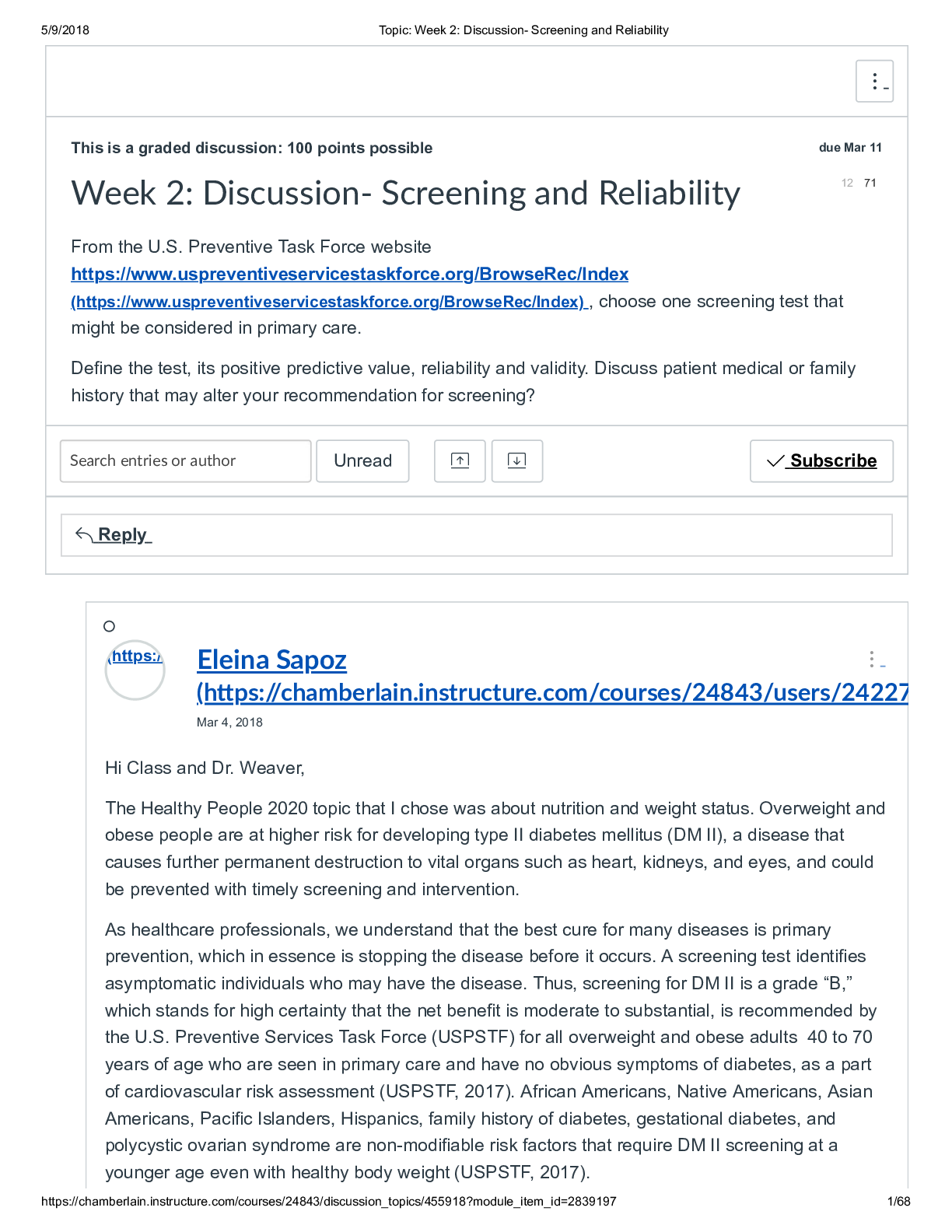
Reviews( 0 )
Document information
Connected school, study & course
About the document
Uploaded On
Aug 29, 2021
Number of pages
68
Written in
Additional information
This document has been written for:
Uploaded
Aug 29, 2021
Downloads
0
Views
44

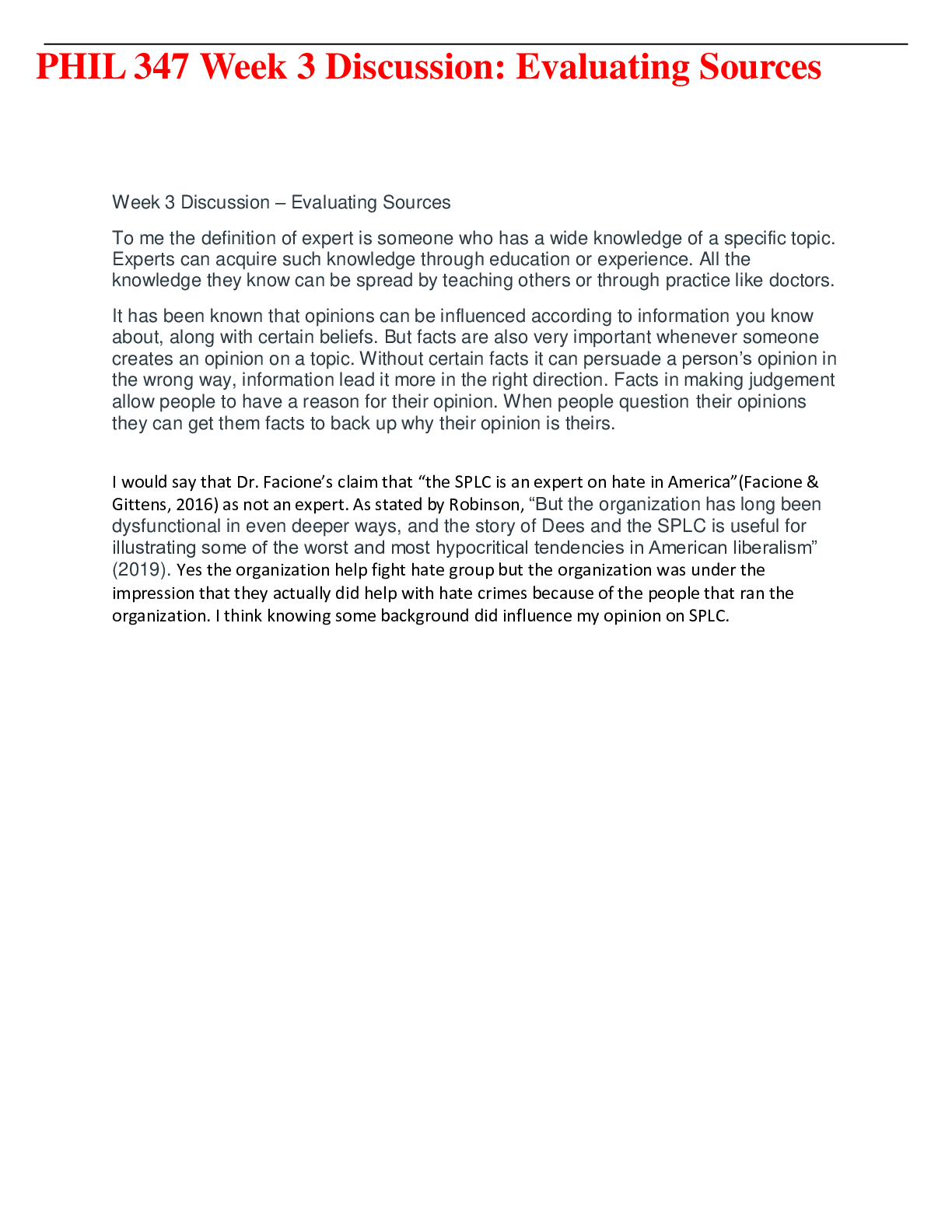
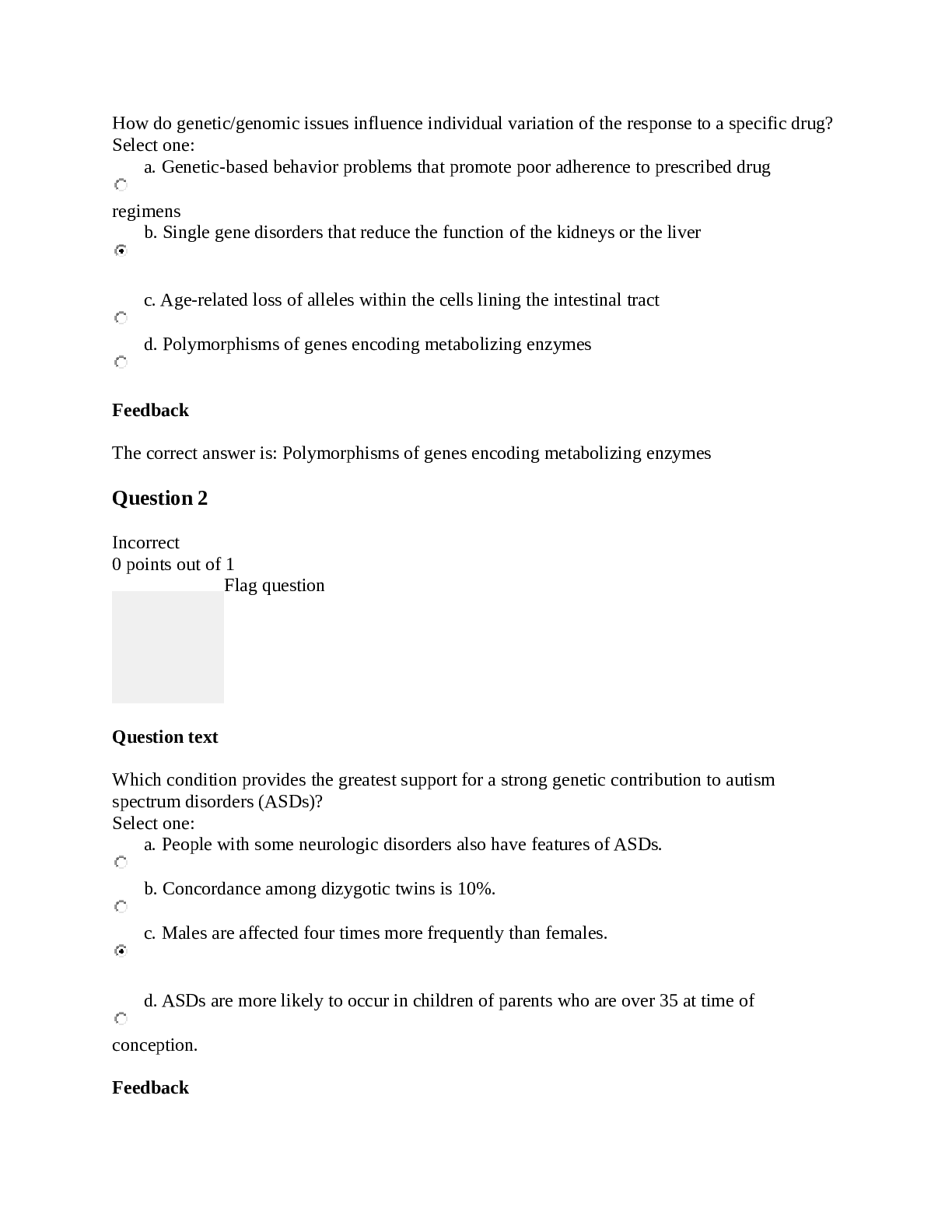
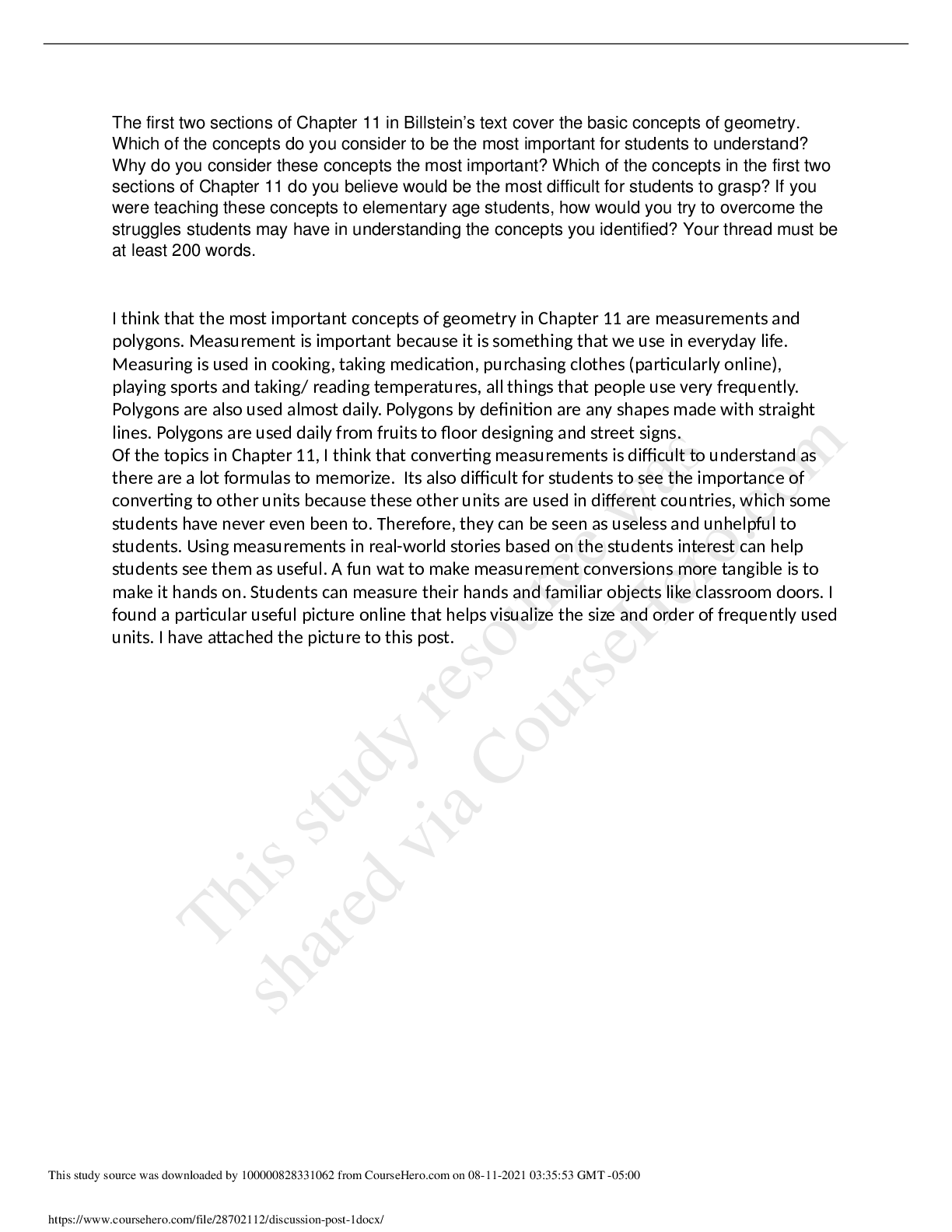
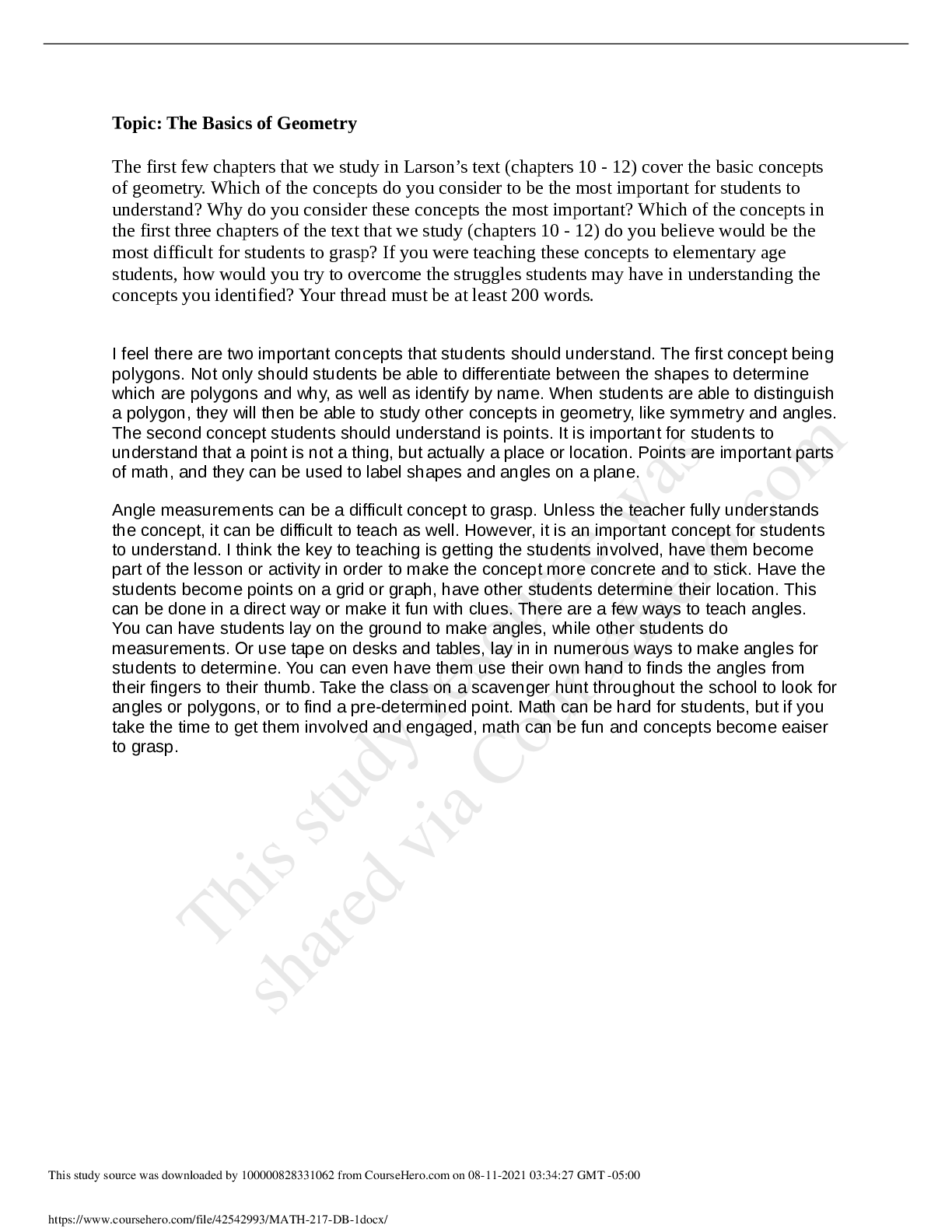

 C209 Strategic Management Task 2.png)

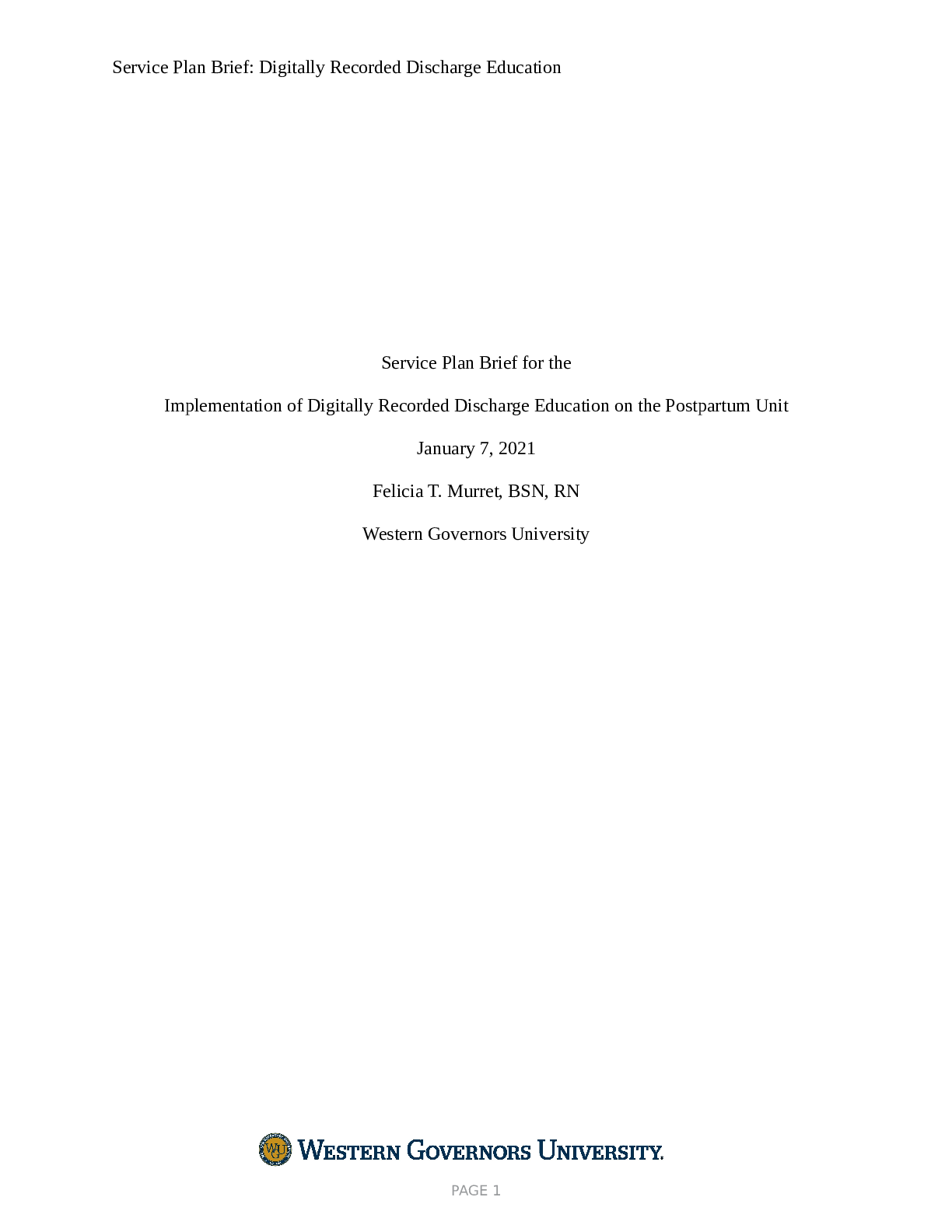

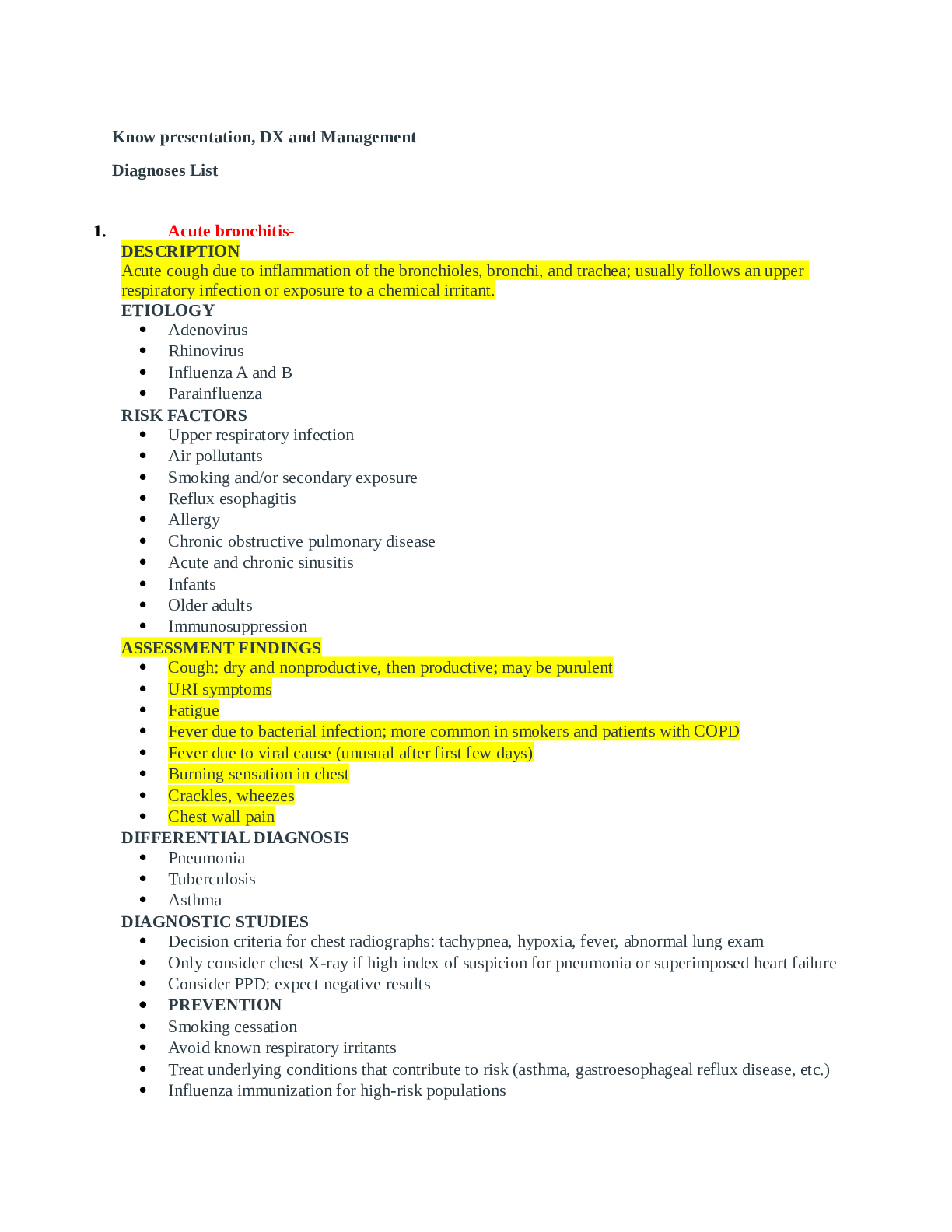
 UPDATED 2022.png)
 Latest 2022.png)
.png)

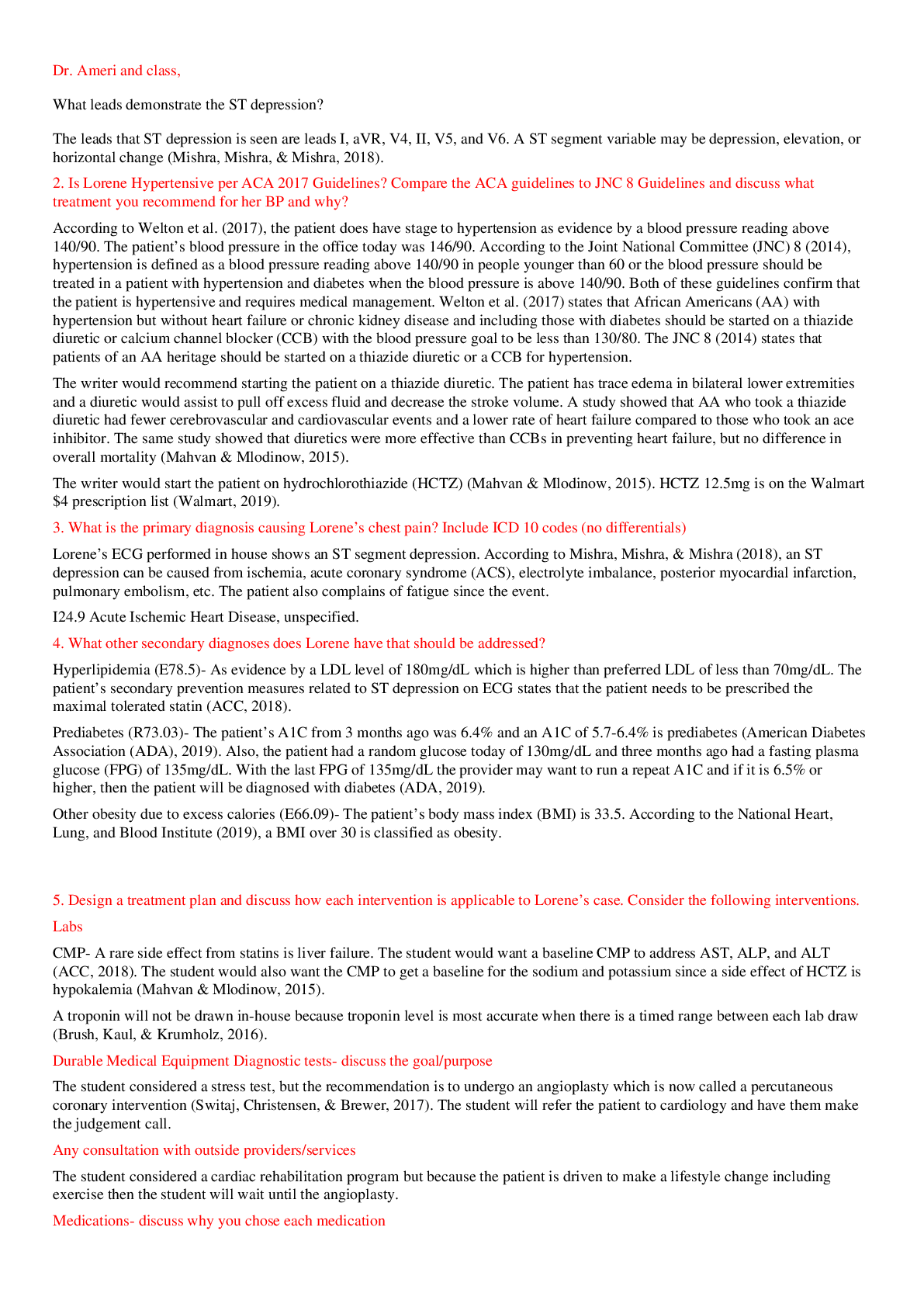

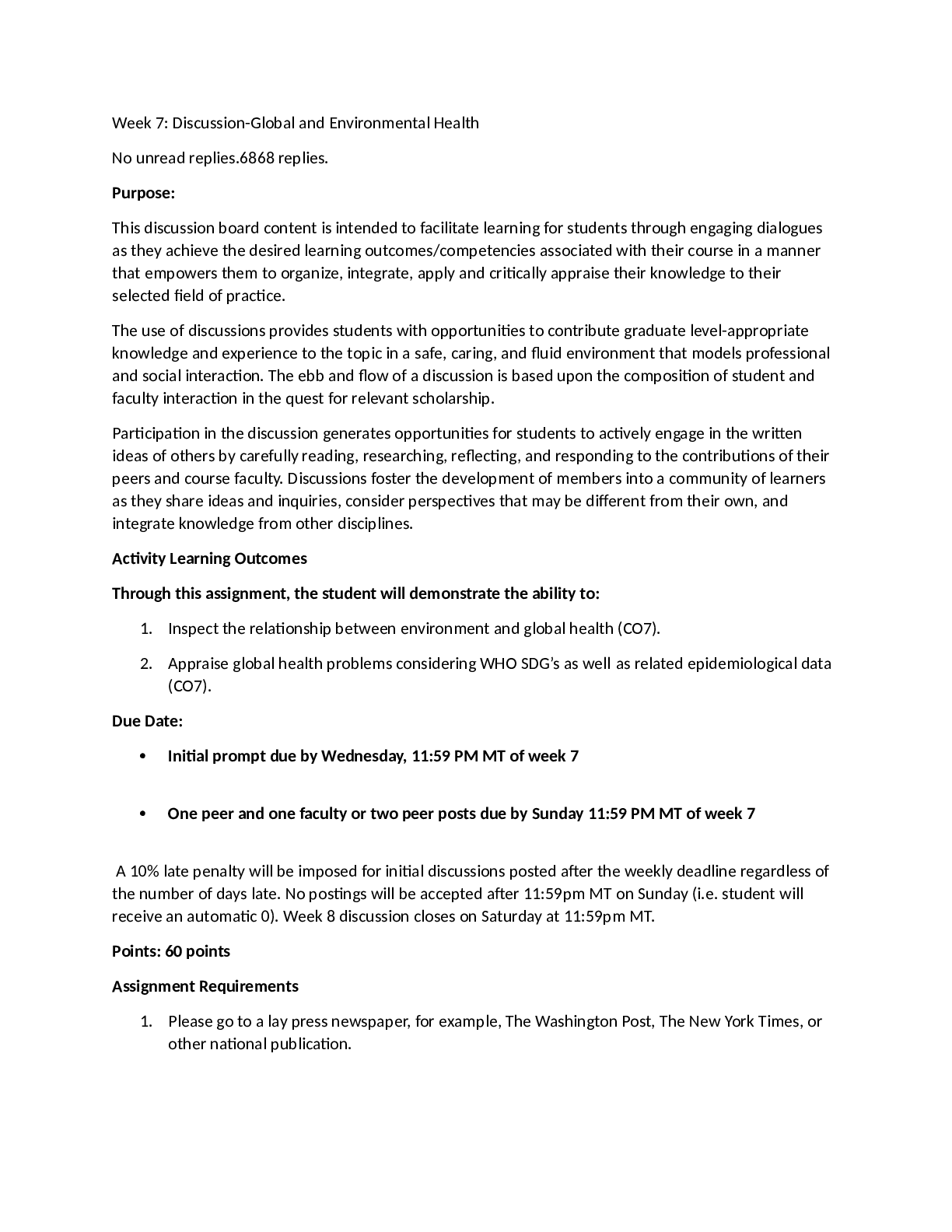
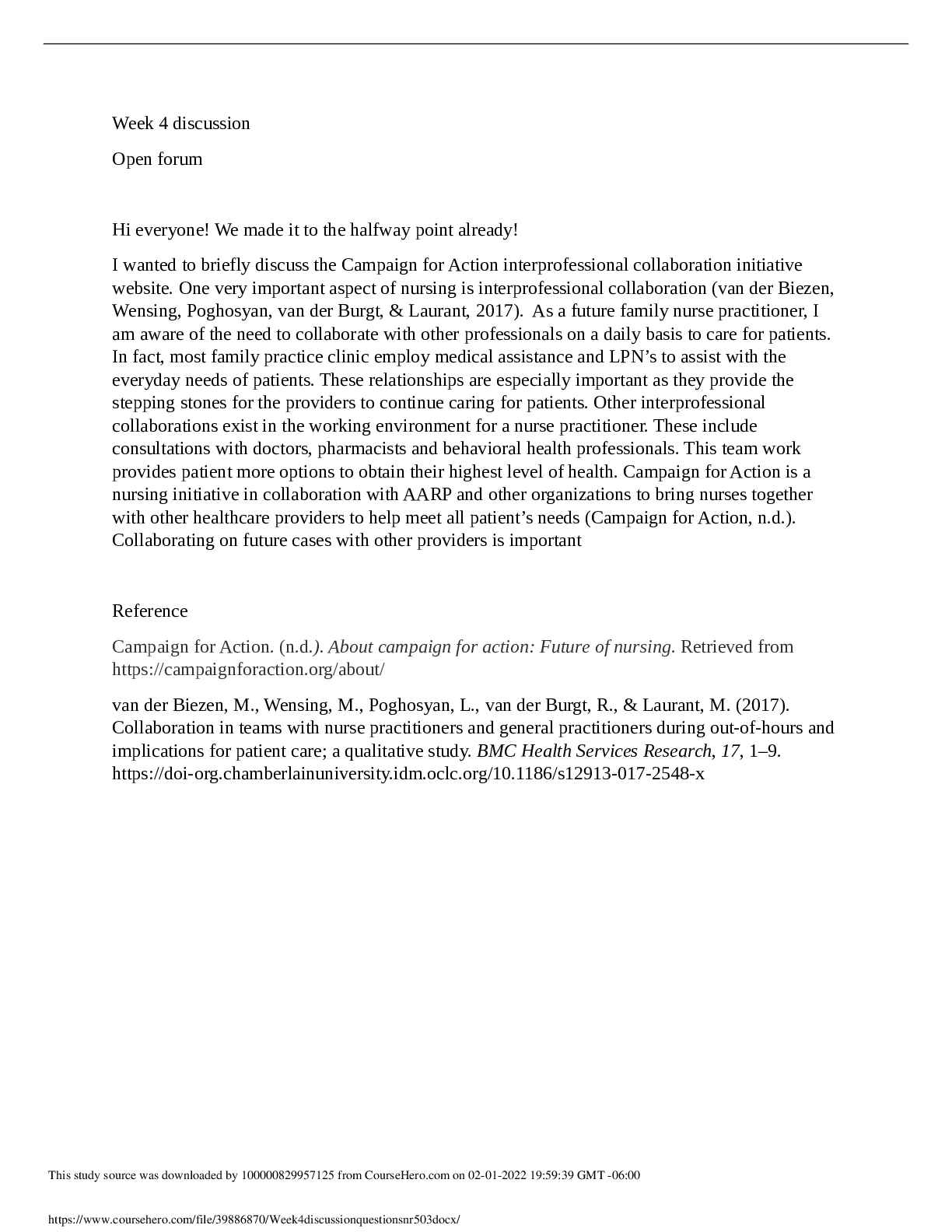
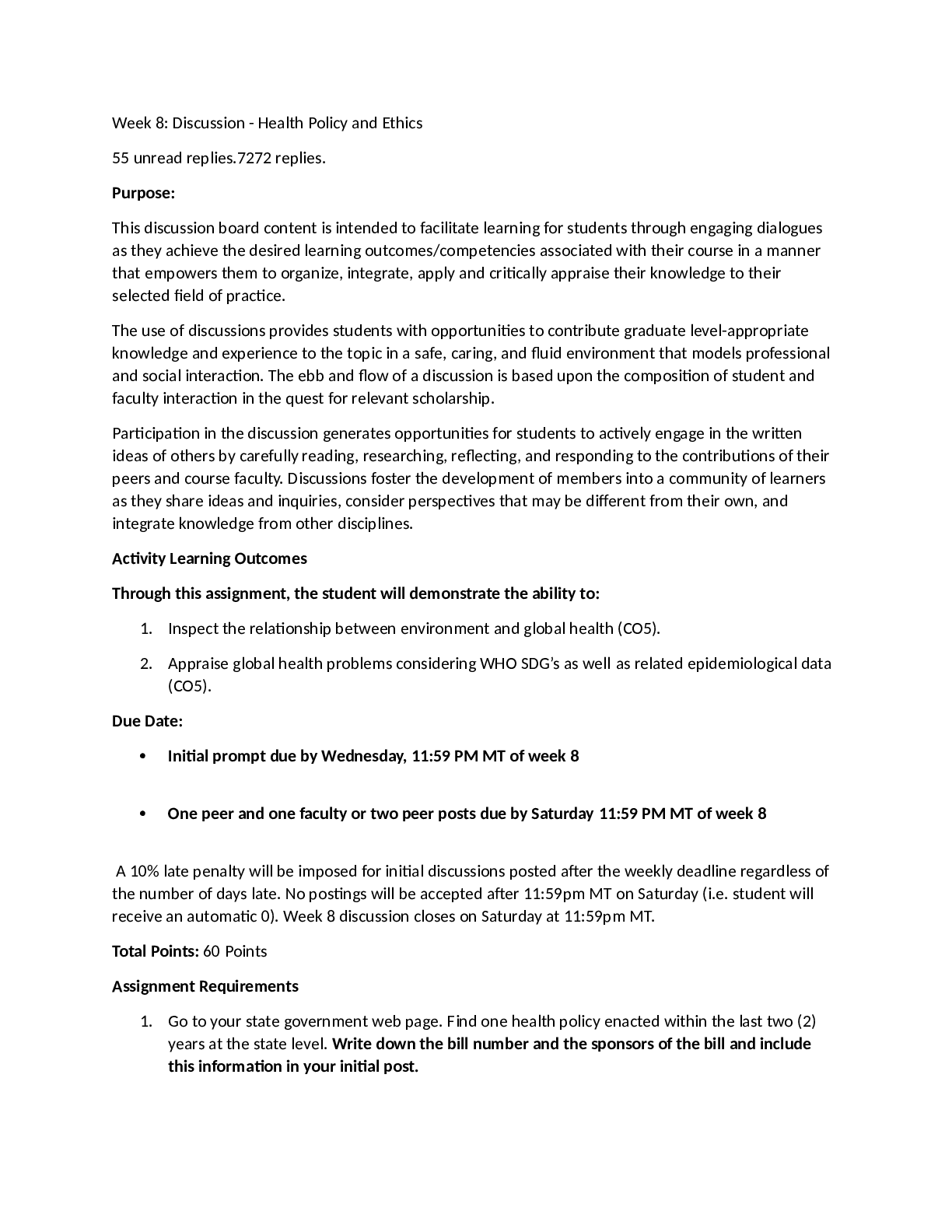



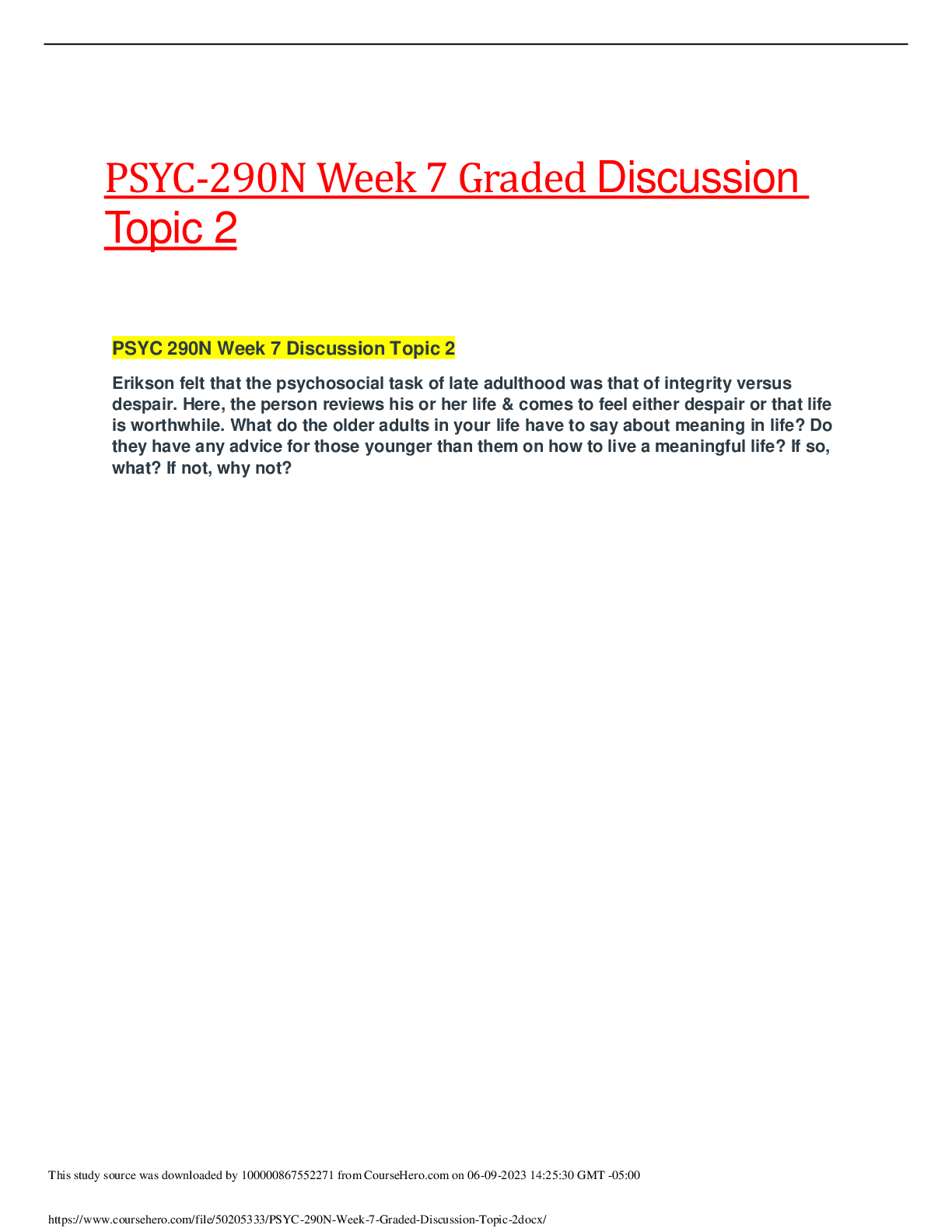
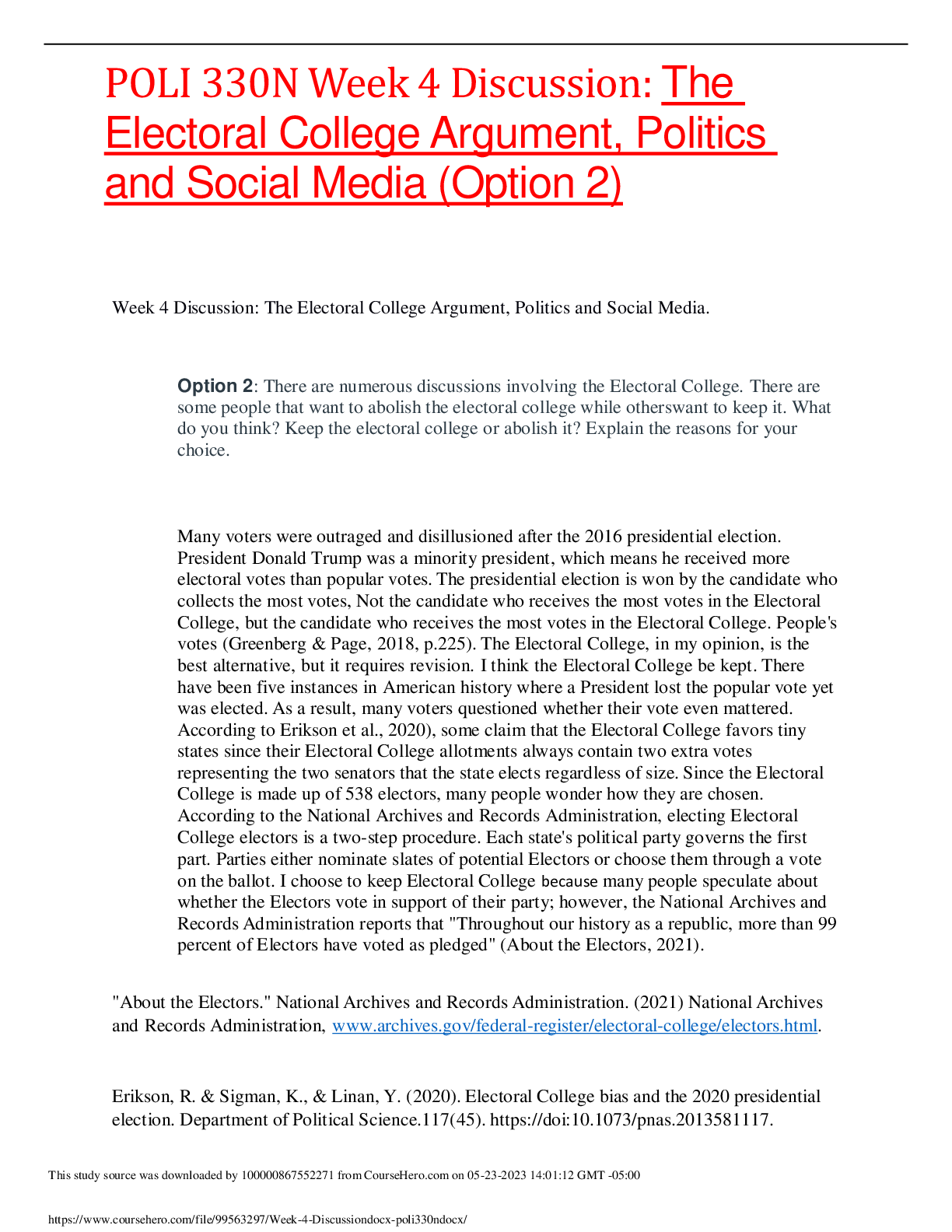
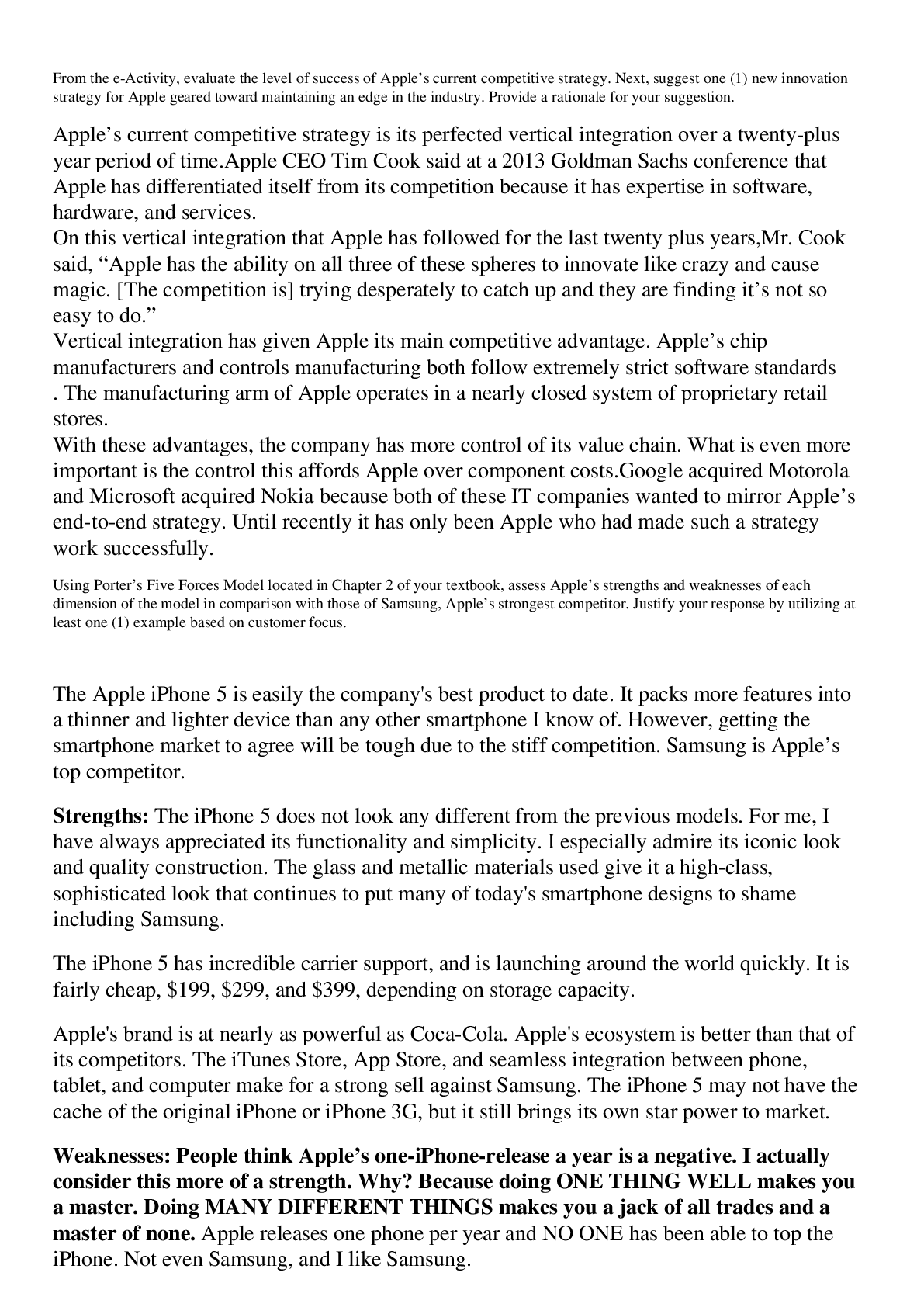
Growth and developmental patterns of toddlers.png)



